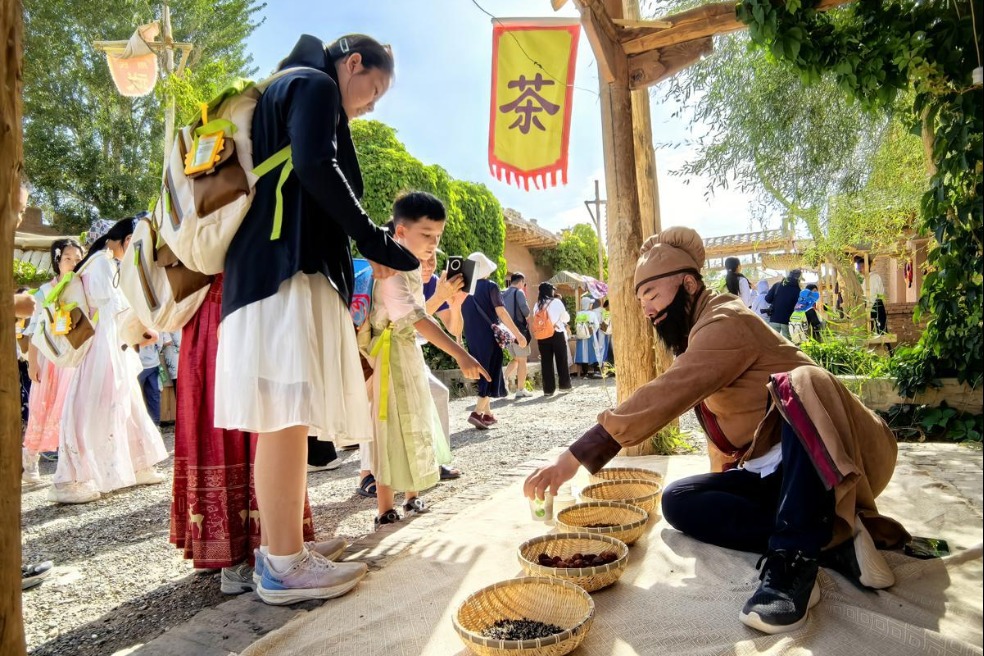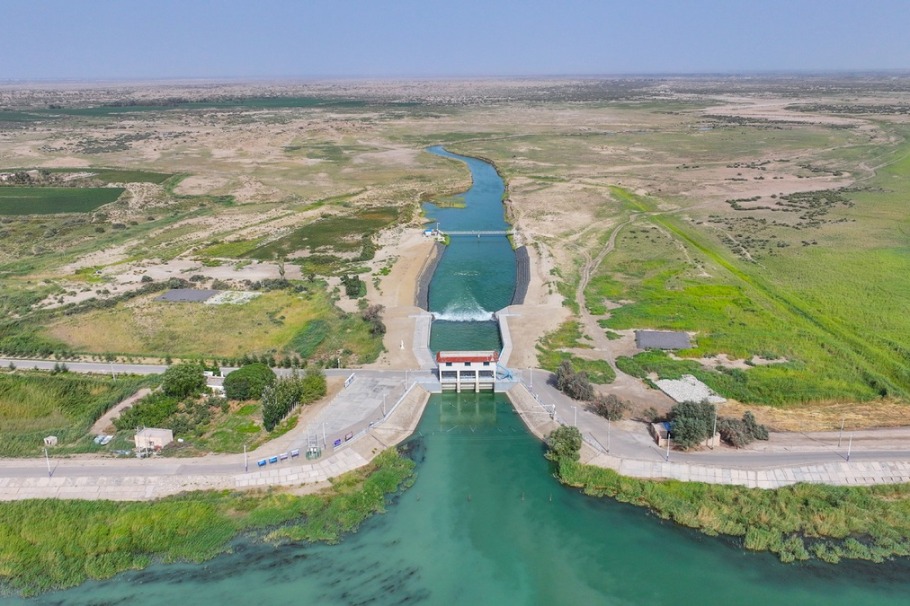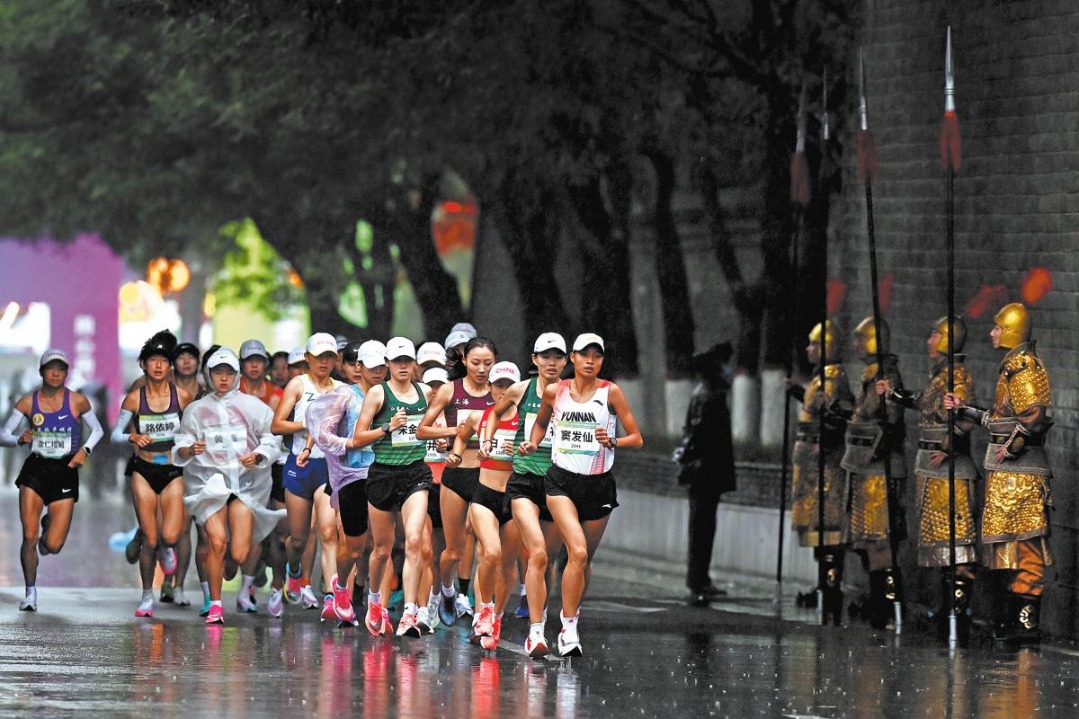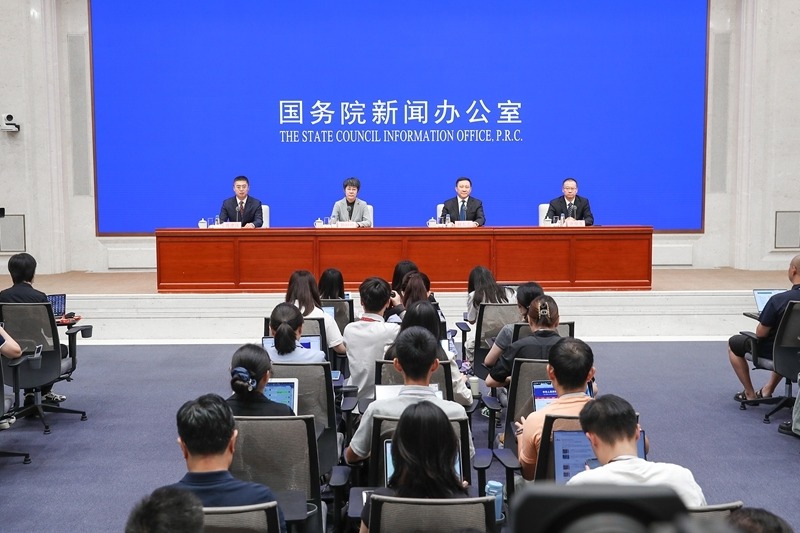Chongqing becomes beating heart of intl trade corridor

In the past, goods from the Association of Southeast Asian Nations member states endured a roundabout trip to reach China's landlocked western regions. The situation gradually began to change five years ago, when the new International Land-Sea Trade Corridor was launched, cutting the previous journey to less than 10 days. Deng Hongjiu, general manager of Chongqing Hongjiu Fruit Co was one of the beneficiaries of the change.
As the largest distributor of fresh durian in China, the Chongqing-based company has been importing the fruit from Thailand for years. According to Deng, the shipments used to be transferred to a port in Thailand first before being shipped to Chinese ports. From there, the company would rent trucks to transport the cargo to Chongqing.
"The rail-sea train that runs along the ILSTC corridor saves us time and money," Deng said.
So far, some 7,000 rail-sea intermodal trains have traveled along the corridor to Chongqing and last year, 148,000 TEUs (twenty-foot equivalent units) of cargo reached the city that way, a rise of 32 percent year-on-year, according to the ILSTC's Coordination Center for Logistics and Operation.
Over the past five years, the ILSTC's logistics network has expanded rapidly. It now links to 393 ports in 118 countries and regions, said the center's director, Liu Wei.
Despite the impact of the pandemic, Liu said that routes expanded last year, with a record-breaking 78 new freight routes opened, five times that of 2021.
They include routes connecting Chongqing, Guizhou and Gansu provinces and the Ningxia Hui autonomous region with Laos, Vietnam and Myanmar.
So far, the ILSTC runs through 13 provincial-level regions including Chongqing and the provinces of Sichuan, Guizhou and Hainan, offering a faster alternative between inland western regions and ASEAN countries than the coast, Liu said.
The land-sea transit route is based on the efficient use of a variety of transportation modes, including railways, highways and waterways.
As a key project mapped out for the 14th Five-Year Plan (2021-25), the ILSTC is a trade and logistics passage jointly built by provincial-level regions in western China and ASEAN member states.
It has gradually become a major logistics pathway and an important driving force in shoring up international cooperation between western and central regions and the world, with Chongqing as its operational center.
Located on the upper reaches of the Yangtze River, the city boasts key geographic advantages as a strategic pivot point in the national development programs for western regions and the Chengdu-Chongqing Economic Circle, and also as a connecting point for the Belt and Road Initiative and the Yangtze River Economic Belt.
Statistics from the center show that Chongqing sent cargo worth 25.1 billion yuan ($3.7 billion) via the corridor last year, an increase of 34 percent year-on-year.
"We are planning to expand access to emerging markets in Southeast Asia, upgrade our train connectivity and capacity, and better integrate into the 21st Century Maritime Silk Road," said Qi Dan, general manager of Yuxinou (Chongqing) Logistics Co, which operates the international rail service.
According to Ba Chuanjiang, director of Chongqing Port and Logistics Office, the 20th National Congress of the Communist Party of China report laid out arrangements for the rapid development of the ILSTC.
"For this, we will integrate more deeply with the Belt and Road Initiative, explore new regulations, optimize the organization of logistics, continue expanding international cooperation and further develop the ILSTC," Ba said.
- Gansu takes emergency steps to safeguard dams, reservoirs
- Beijing's Miyun relocation shelters offer a safe and supportive environment
- Artful Dodgers
- GBA makes strides in fostering green buildings
- Around 10 people killed after flash floods in Gansu
- Anji lures young entrepreneurs with innovation-driven community





































